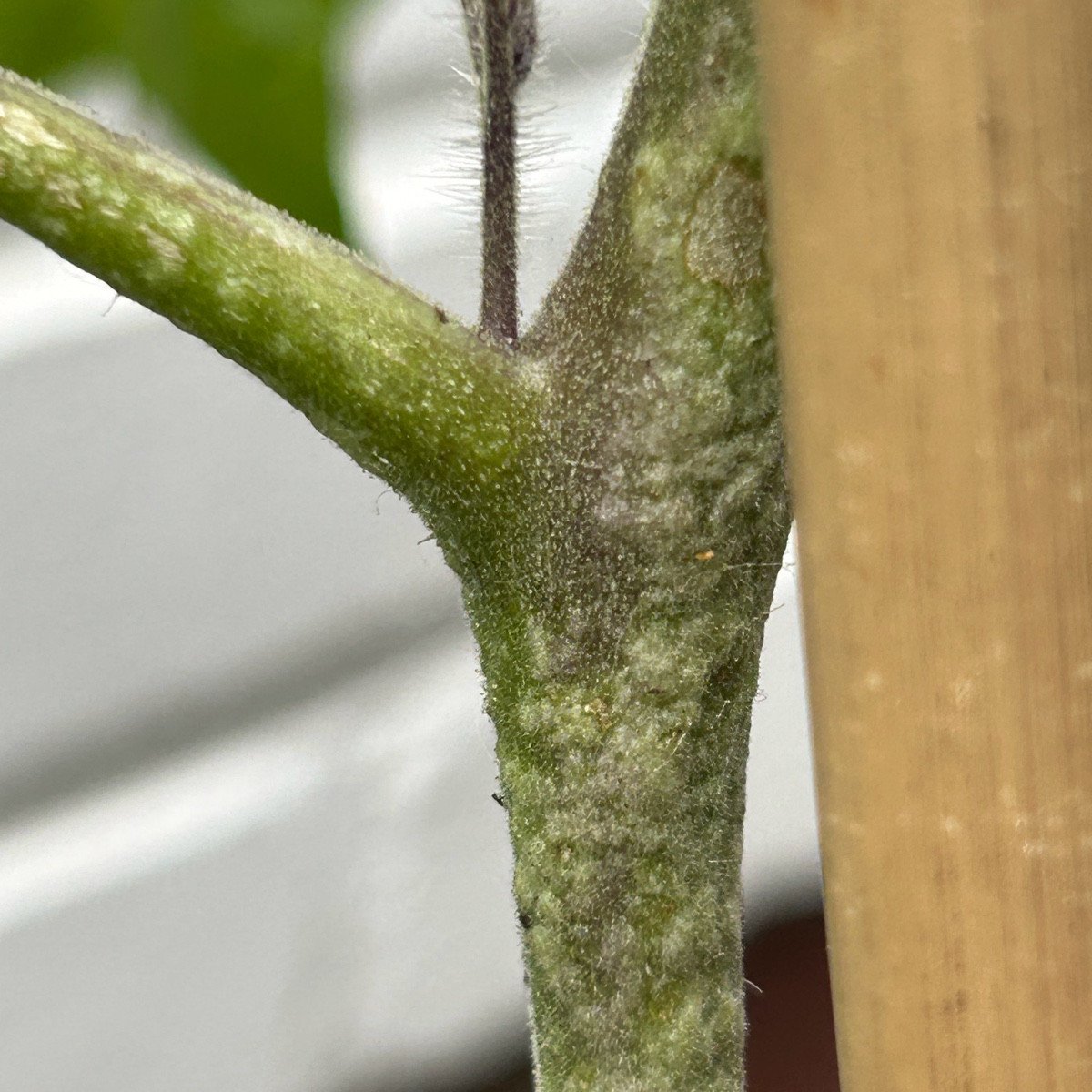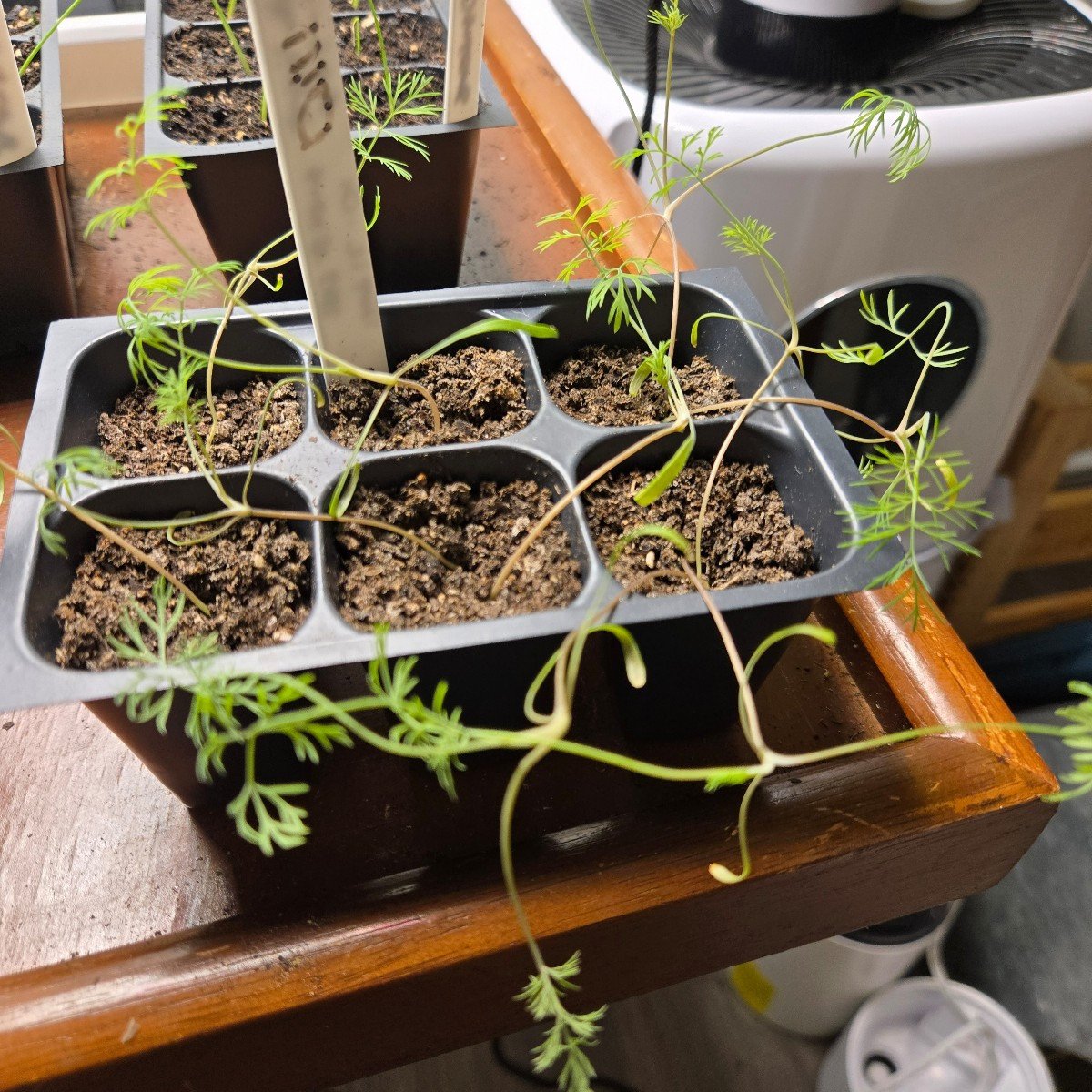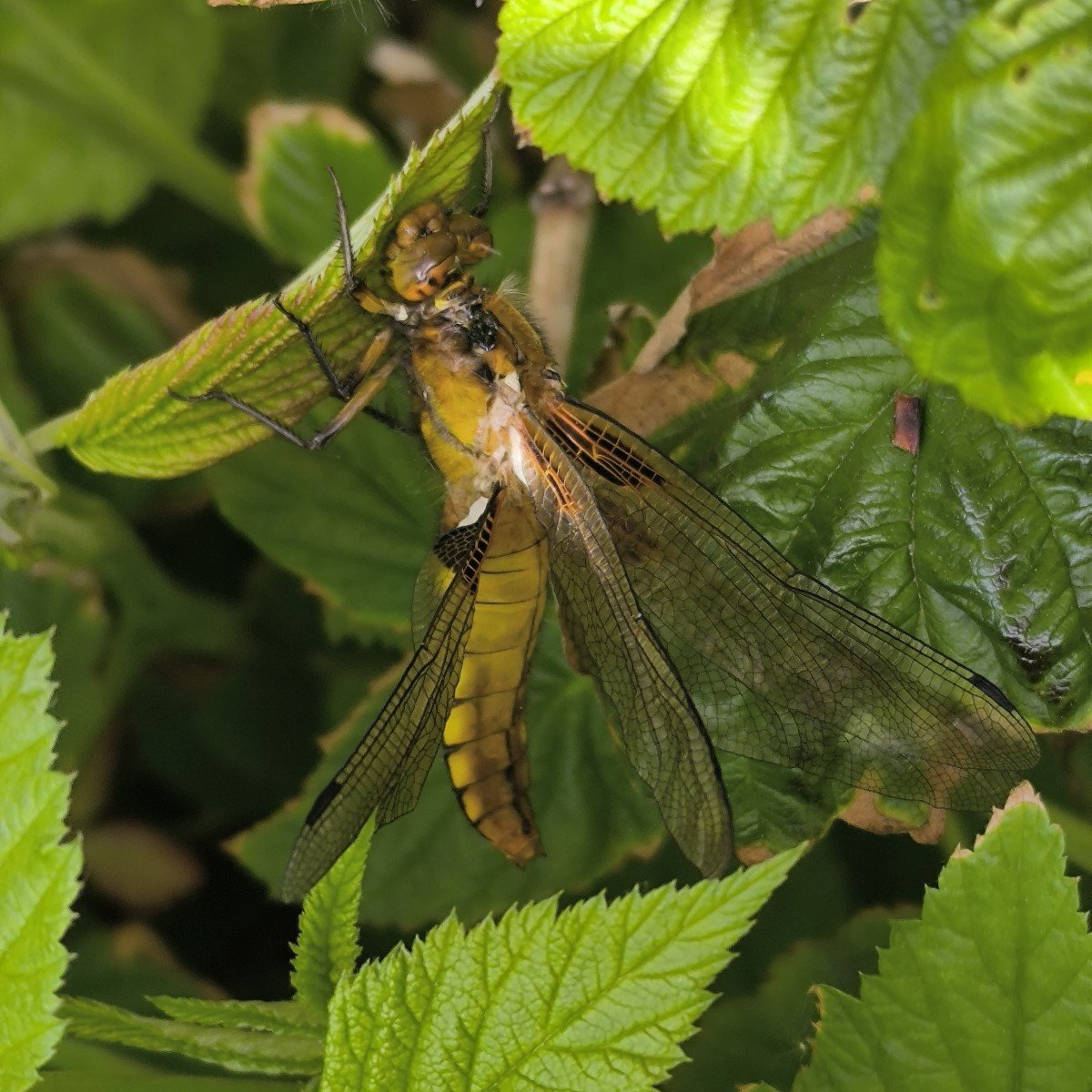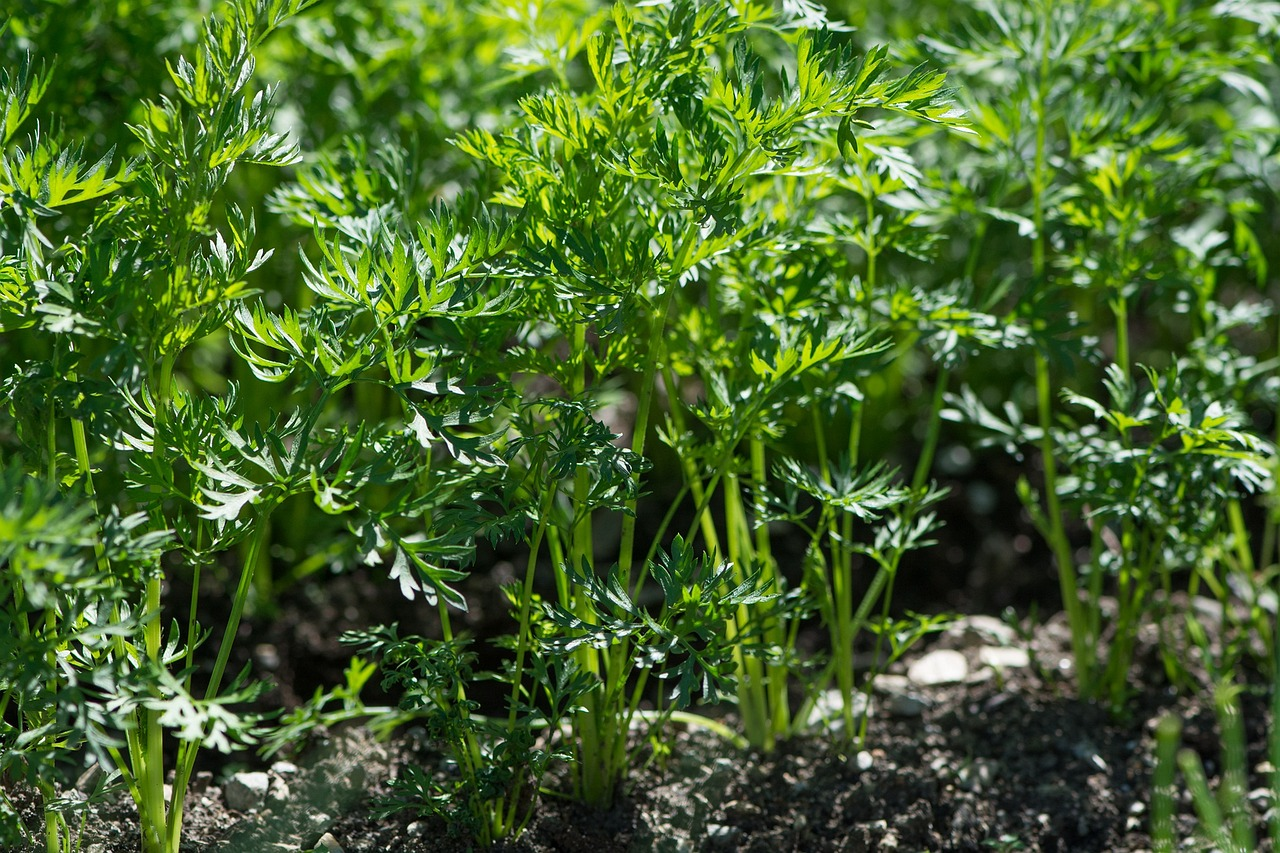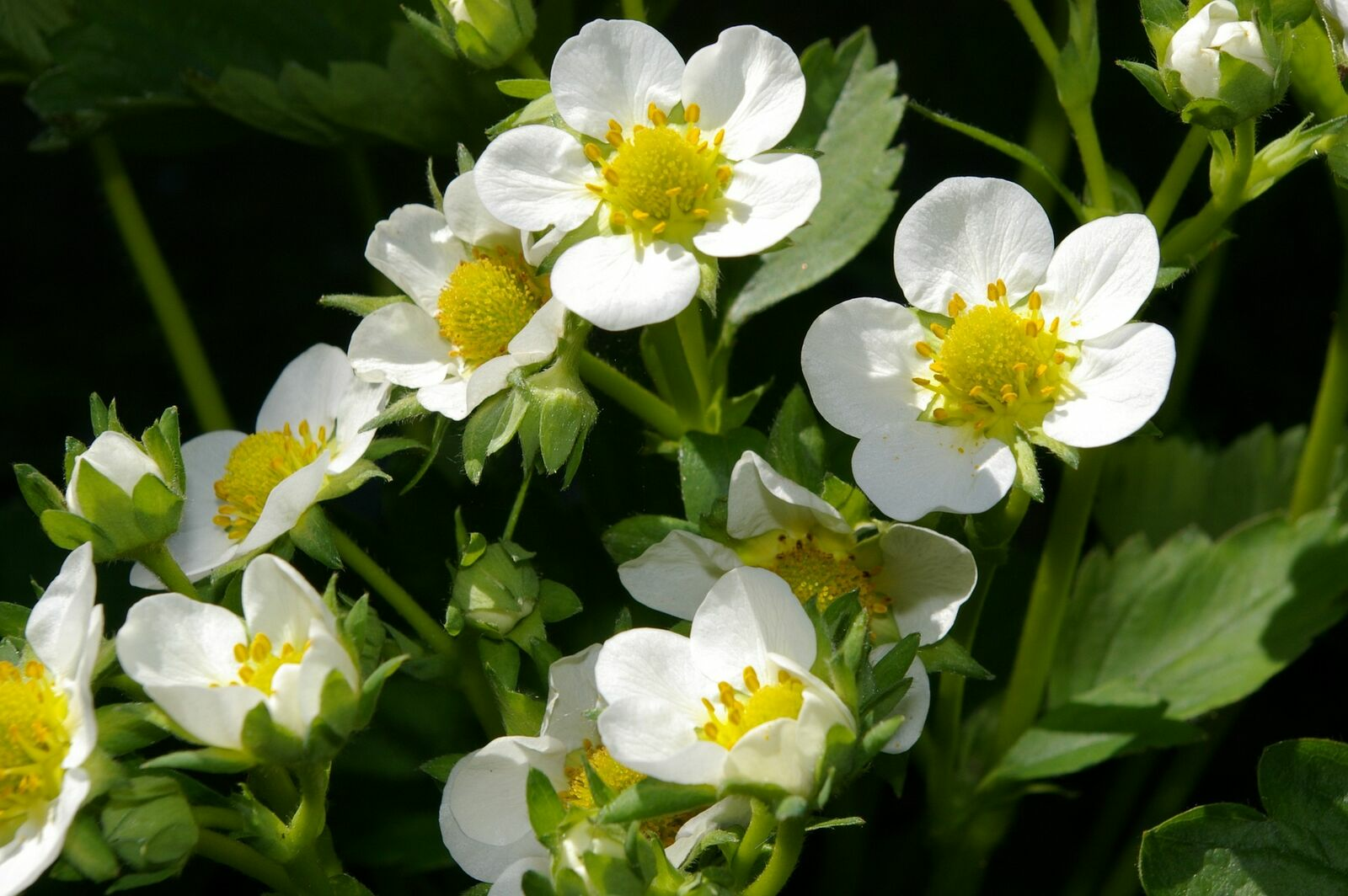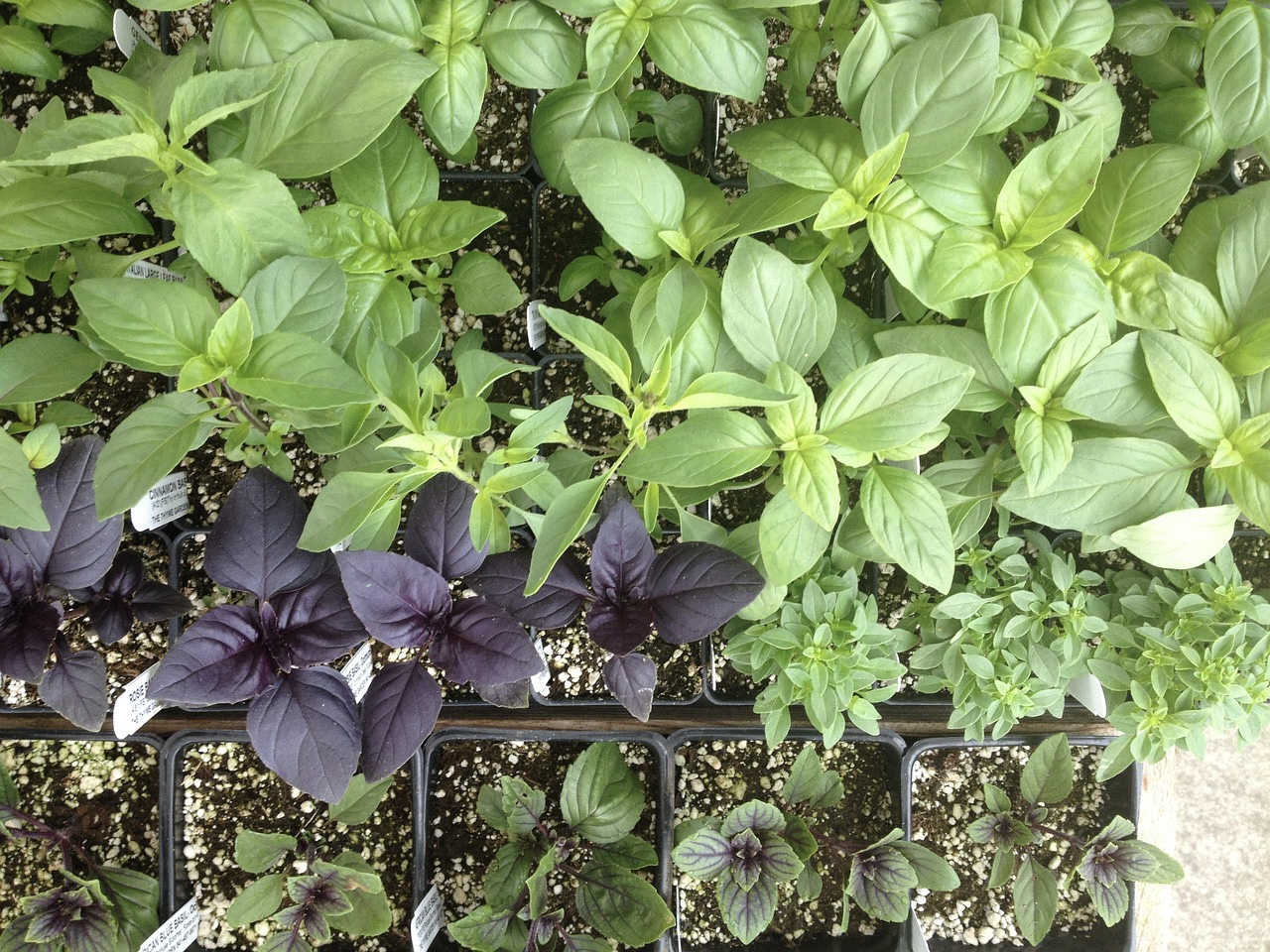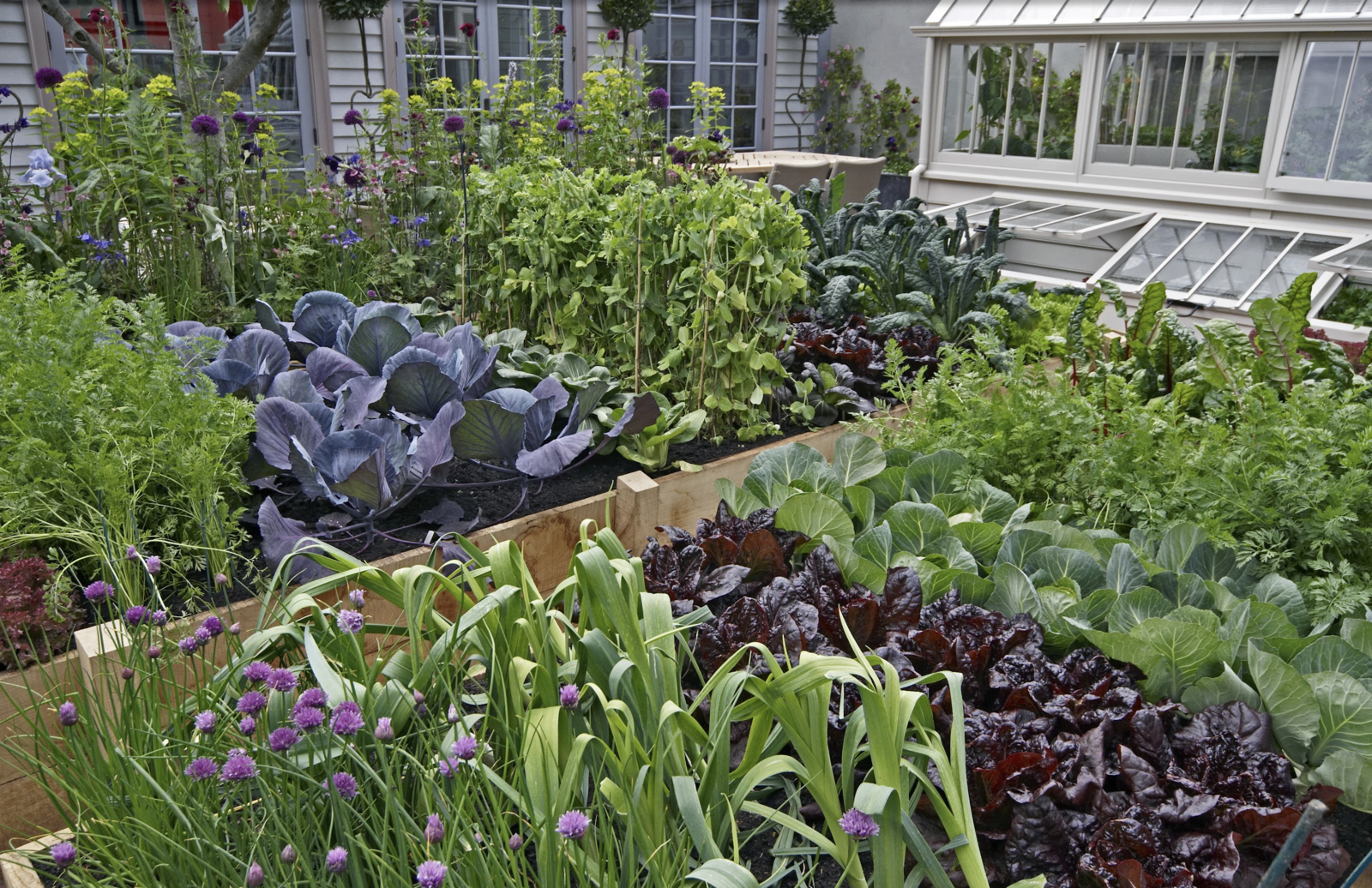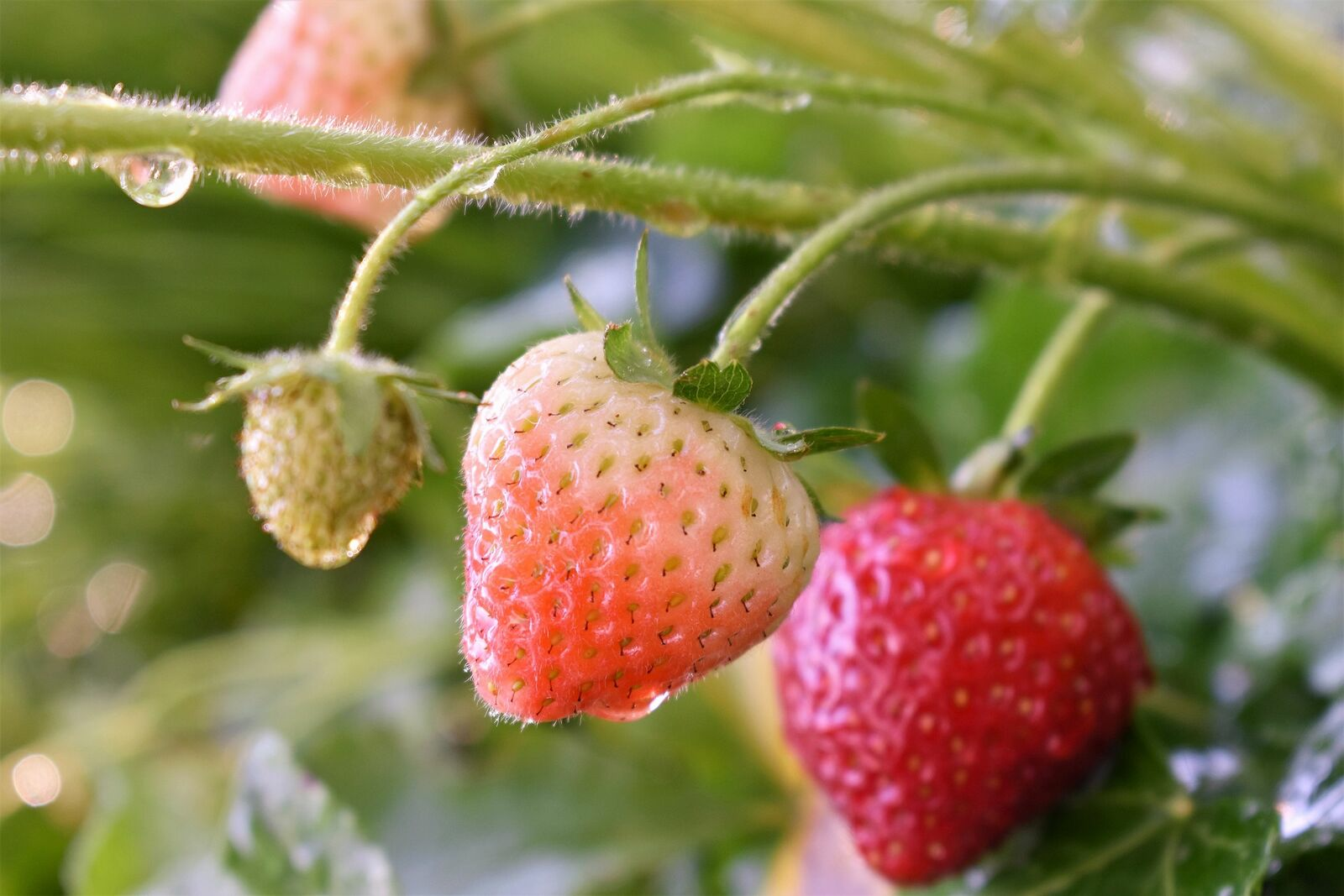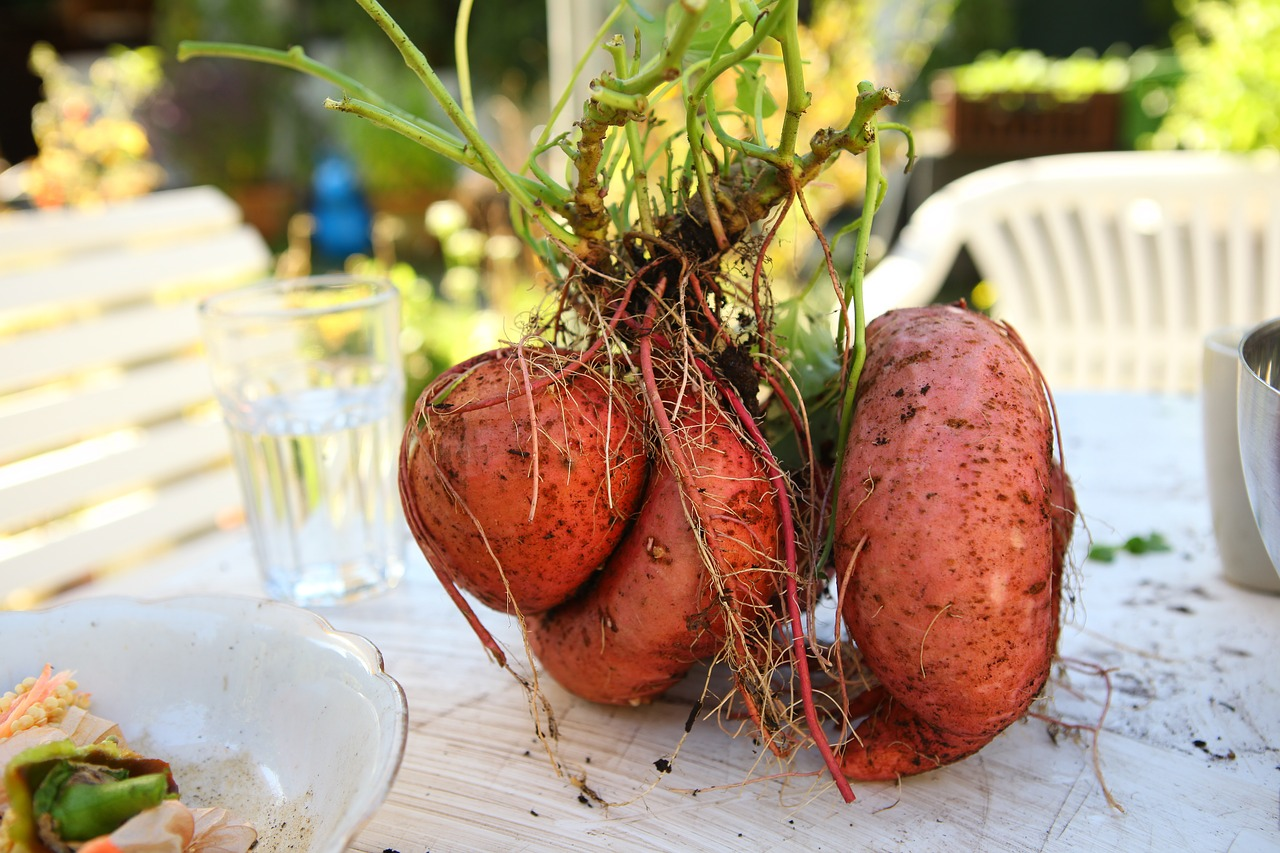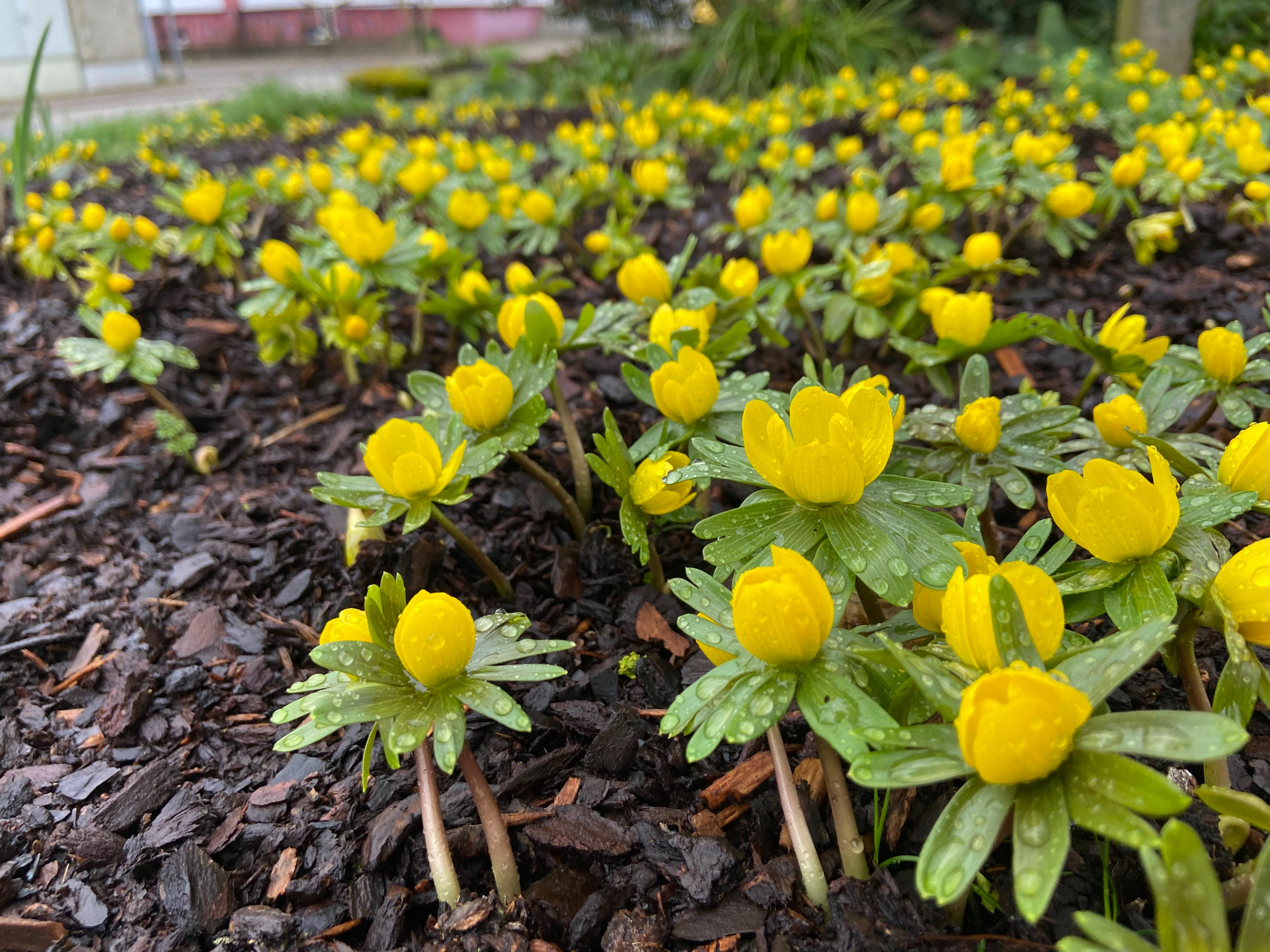
Gardening in March: Preparation & Cultivation
March is a very special month for gardening: the birds are singing, the sun is shining with warming power and the bulbs of snowdrops, crocus and winter aconites are in full bloom. The anticipation is of course great, because after the winter rest there is finally more to do for us hobby gardeners! Nevertheless, we still need to be patient, as cold nights can quickly cool down the spring mood. Find out what gardening work needs to be done in March and which vegetables are now in season in this article.
This Article Contains:
Quick Overview
Gardenmonth March: Propagating, Sowing, Planting
- Sowing and planting outdoors: broad beans, parsnips, carrots, onions, spinach, salsify, parsley, root parsley, caraway, garlic, horseradish, winter hedge onions, lemon balm, mugwort, chives, lovage, sorrel, Jerusalem artichoke and rhubarb roots
- Protected cultivation: kohlrabi, lettuce, radishes, spring radish, turnips, cauliflower, pointed cabbage, white cabbage, savoy cabbage, leek
- Propagate in warm places: tomatoes, peppers, eggplants, pumpkins, zucchinis, cucumbers, melons, celeriac and celeriac stalks, seed potatoes, basil, lavender, rosemary, sage
Preparing the Garden in March
In March, the temptation is particularly great: the sun is shining, the spring flowers are starting to bloom cheerfully and spread the first feelings of spring. However, you should wait until the cold, wet soil warms up and dries before working the soil for the first time. Heavy, clayey soils take longer than sandy soils. They contain more water and therefore warm up more slowly. As soon as the soil no longer sticks to your boots, you can start working the soil for the first time. Rake aside the remaining mulch, loosen the soil and pluck out old or freshly sprouted weeds. Finally, rake the beds until they are smooth and crumbly and ready for this season's vegetables. Please refrain from digging and only work your soil gently with a hoe or digging fork! Alternatively, you can also prepare your soil using Charles Dowding’s No Dig Method and layer compost and/or other organic material on top of your beds to provide the soil with new nutrients.
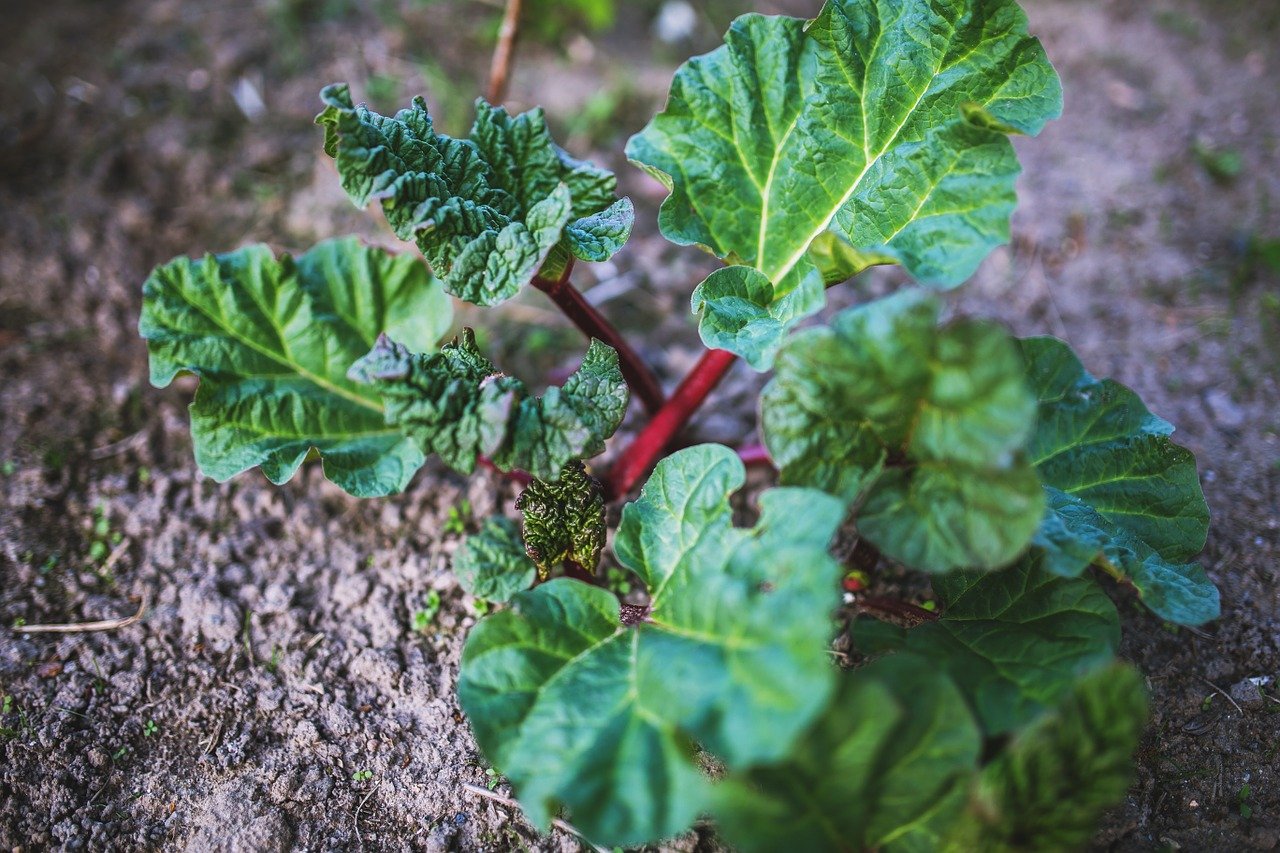
What Is Planted and Sown in March?
In mild climates, you can start sowing hardy vegetables early. These include broad beans, parsnips, carrots, onions, spinach and salsify. You can also plant out new Jerusalem artichoke and rhubarb root pieces. Remember that Jerusalem artichokes and rhubarb can stay in the same place for several years and spread rapidly. So choose a place where the plants have enough space without crowding out other vegetables.
Robust herbs such as parsley, root parsley and caraway can also be sown outdoors now. In cool weather, herbs germinate very slowly, so it is advisable to mark the sowing with small labels or a marker seed with radishes.
Garlic, horseradish, spring onions and hardy perennial herbs (e.g. lemon balm, mugwort, chives, lovage, sorrel) are planted from mid-March. In harsh locations, it is better to wait a little longer before sowing your first seeds. Otherwise seeds and young roots can easily rot in wet, cold soil.
Planting & Sowing in the Greenhouse: Protected Cultivation
Cold frames, greenhouses and foil tunnels can be very helpful at this time of year, as they enable early sowing and planting. From March, it is possible to plant lettuce and kohlrabi, as well as lettuce, radish, spring radish, turnip greens and stem cress. Cabbages (e.g. cauliflower, pointed cabbage, white cabbage, savoy cabbage) and leeks can already be sown under the protection of foil and glass and later planted outdoors.
Despite the existing protection, the early quarters should also be covered with blankets or similar on cold nights. During the day (especially when the sun is shining), you should open the closed rooms to avoid heat build-up. Important: Don't forget to close them again in the evening!
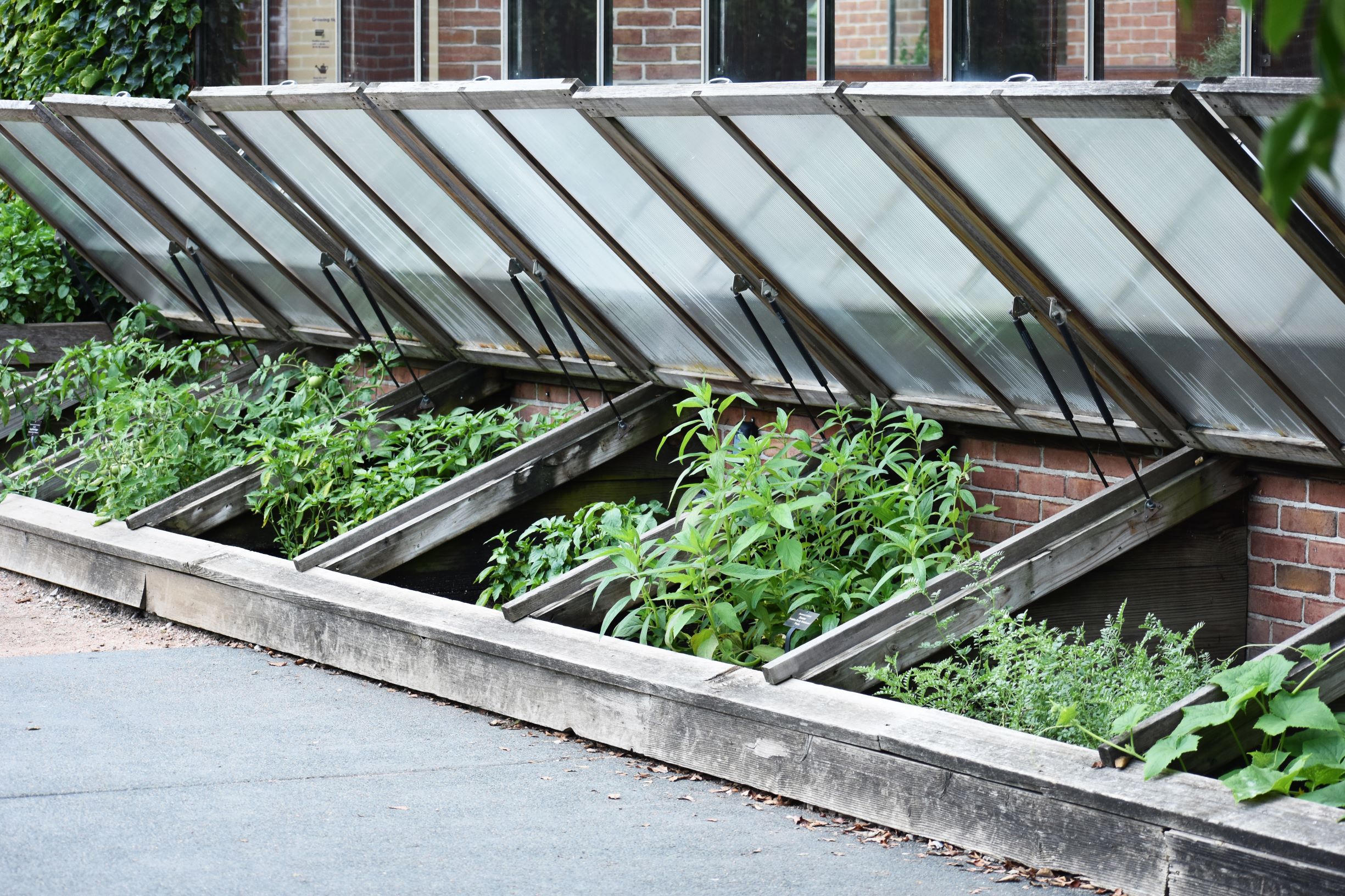
What to Propagate in March?
If you have not yet started growing nightshade plants (e.g. tomatoes, peppers, eggplants) and cucurbits (e.g. pumpkins, zucchinis, cucumbers, melons), now is the time to do so. Peppers and eggplants grow relatively slowly, so now is the time for them! For tomatoes, it is sufficient to start propagating them in mid-March or early April. Pumpkin plants grow comparatively quickly and can be sown towards the end of the month or in April. You can also start sowing celeriac and celeriac stalks in warm places. Celery germinates very slowly, so don't be surprised if nothing happens for the first two weeks. You can also propagate heat-loving herbs such as basil, lavender, rosemary and sage from March onwards on the windowsill or in a heated greenhouse. Tip: Use a watering spray to water your pre-cultivation so that the seeds are not washed deeper into the soil. An overview of how to grow, prick out and harden off your own vegetable seedlings can be found here.
From the beginning of March, you can place seed potatoes next to each other in boxes for pre-sprouting. They like a bright, moderately warm spot. If the weather is favorable and in warmer landscapes, the first early potatoes can be planted towards the end of March. The soil should be warmed to at least 7 °C/44.6 °F.
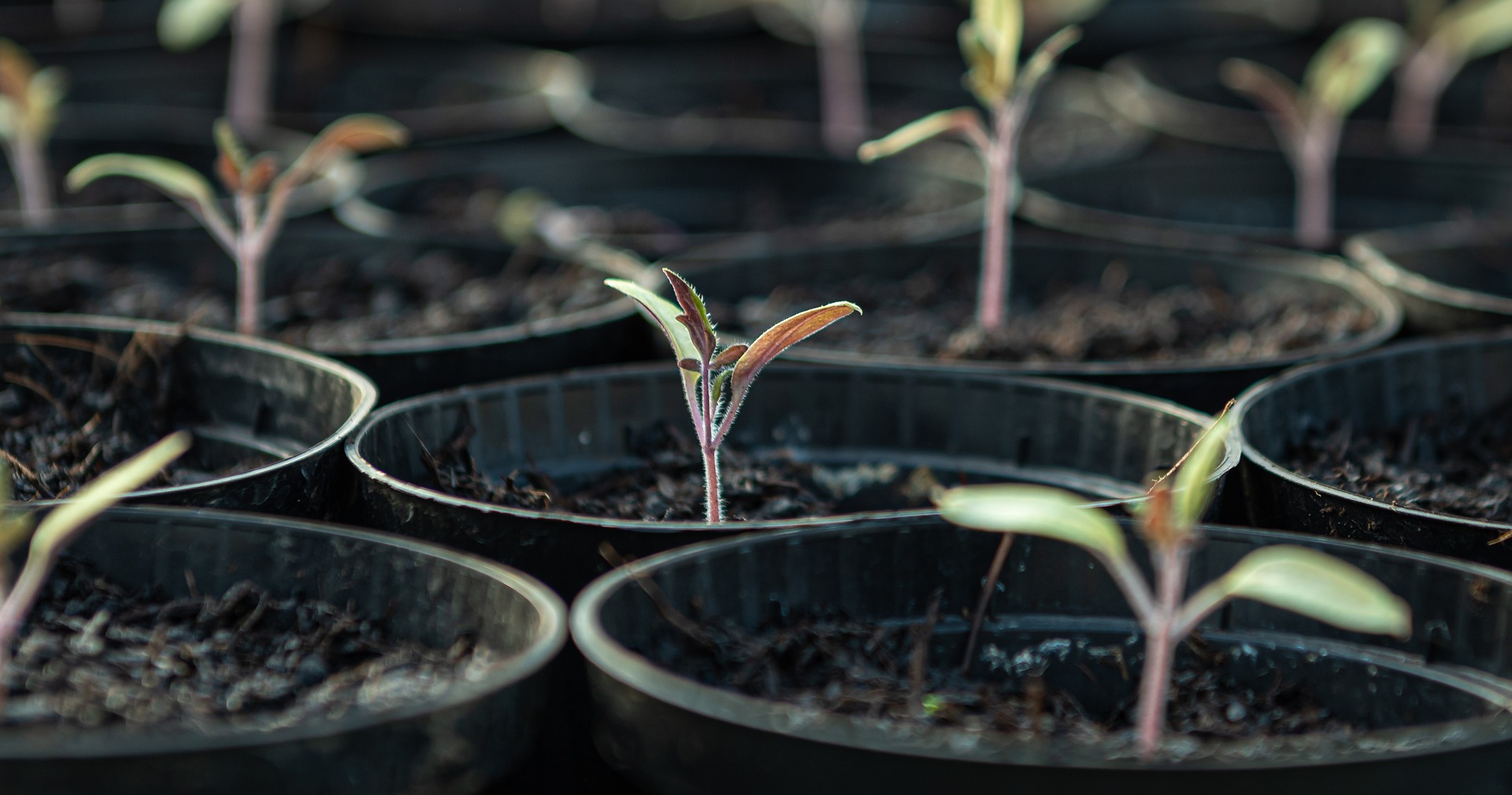
Planting Fruit Trees and Berry Bushes
The pruning season is coming to an end! Before the first fruit trees start to sprout, the last pruning should be done. Especially if, like this year, there is a lot of heat early on. If you burn larger branches, you can use the potash-containing wood ash as fertilizer or scatter it in the compost.
March is planting time! From now on, all fruit trees, walnut trees and hazelnut bushes can be planted. Elderberries and lilacs can also be moved from the nursery to the open ground now. Grapevines, peach trees and apricots also particularly like being moved into the open ground in early spring. If you want to plant new berry bushes, now is also the time: raspberries, gooseberries, currants and blackberries can go outside from March. Smaller shrubs need to be pruned back considerably when planting. You should also mulch around the freshly planted shrubs and spread a good amount of compost. You can find all further information in our article on Planting Fruit Trees and Shrubs.
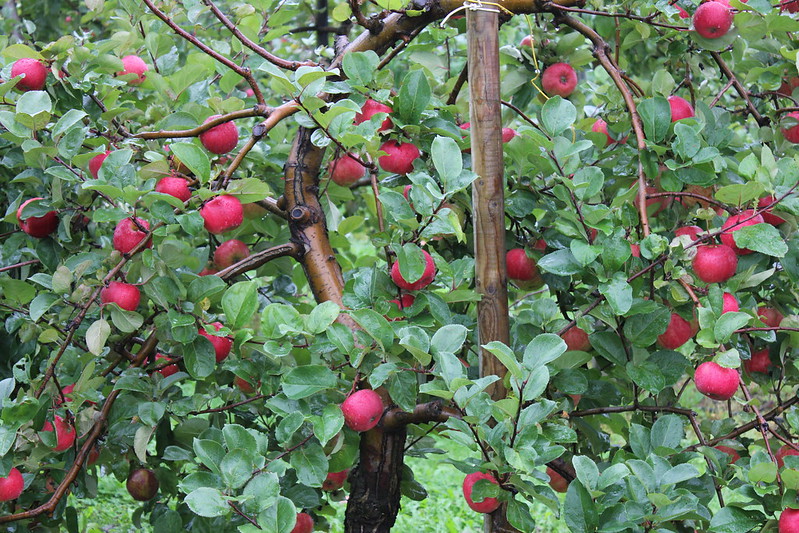
Gardening in March: Natural Plant Protection
- In slug-infested gardens, especially with heavy soil, mulch blankets should be avoided for the time being to prevent the animals from finding shelter. You can read more about Controlling and Preventing Slugs and Snails here.
- When buying fruit trees and shrubs, look out for disease-resistant varieties.
- Tansy tea can be used against mites on strawberries, blackberries and currants. Horsetail broth can be sprayed evenly over the soil as a preventative measure against fungal diseases in the garden. You can find More Tips on How to Strengthen Plants Naturally Without Chemicals Using Plant Juices and Teas in this article.
- Some vegetable plants can protect their companions from diseases through mixed cultivation: Garlic, for example, can prevent fungal infections, so planting it next to susceptible plants (e.g. roses, strawberries) is particularly useful. Onions and carrots are sown next to each other to ward off the carrot and onion fly. You can find more information on this topic in our Mixed Cultivation Article.
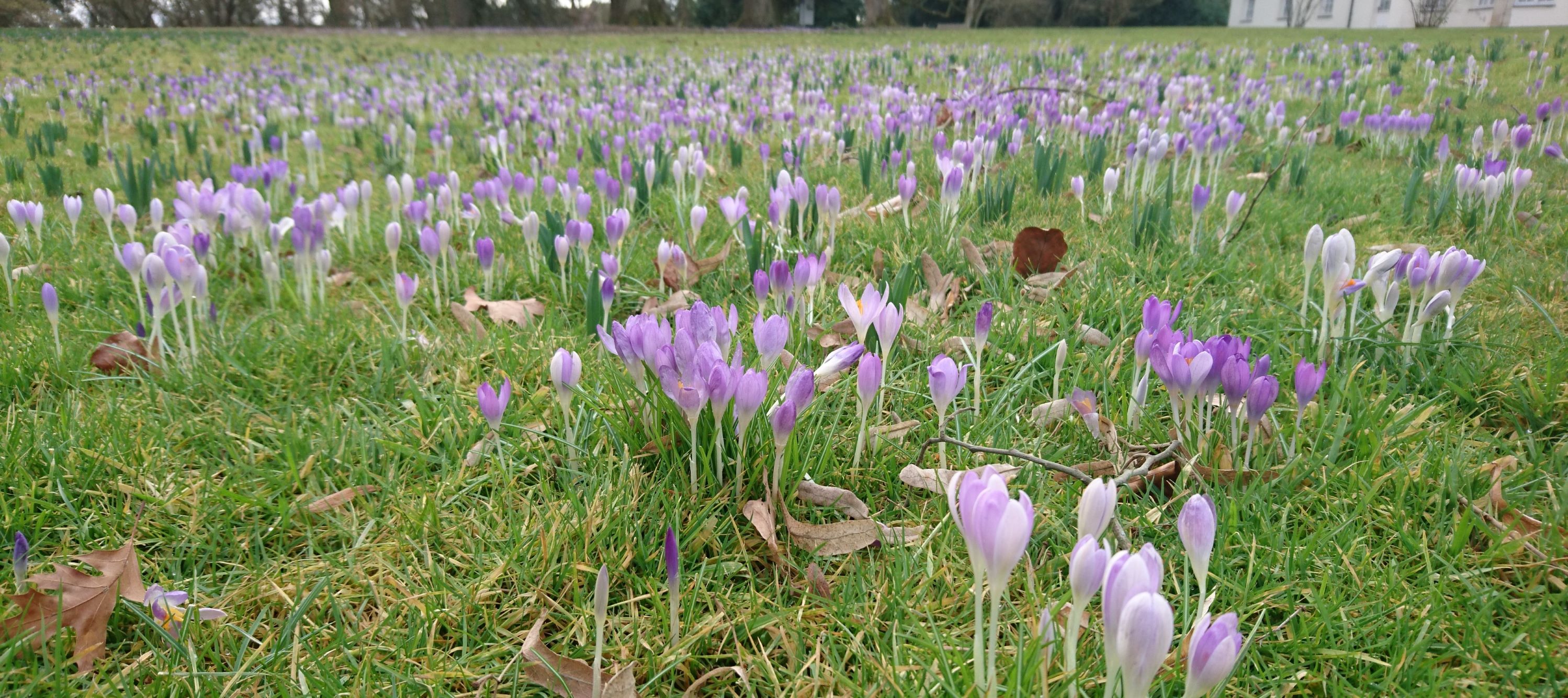
The gardening season has begun and there is plenty to do again. Things really get going from April onwards, as more and more can be sown and planted. If you want to check again whether you have everything ready, take a look at our Season Overview.
Want to get helpful gardening tips all year round and plan your own beds in the best possible way? Then register here or download the Fryd app for Android or iOS.
Fryd - Your digital bed planner

Annabell
Annabell is studying agricultural biology at the University of Hohenheim. She also enjoys gardening in her private life, spends a lot of time in nature and loves to be creative.
Learn MoreFAQ
Which flowers and herbs can I plant in March?
In March, robust herbs such as parsley, root parsley, caraway, chives, lovage, sorrel and lemon balm can be sown outdoors.
Which vegetables can I plant in March?
Vegetables that you can sow directly outdoors include broad beans, parsnips, carrots, onions, spinach and salsify.
Which vegetables can I bring forward from March?
From March onwards, you can grow tomatoes, peppers, eggplants, pumpkins, zucchinis, cucumbers and melons in warm places.
Which fruit trees and berry bushes can I plant in March?
March is the ideal time to plant fruit trees and berry bushes such as raspberries, gooseberries, currants and blackberries.

